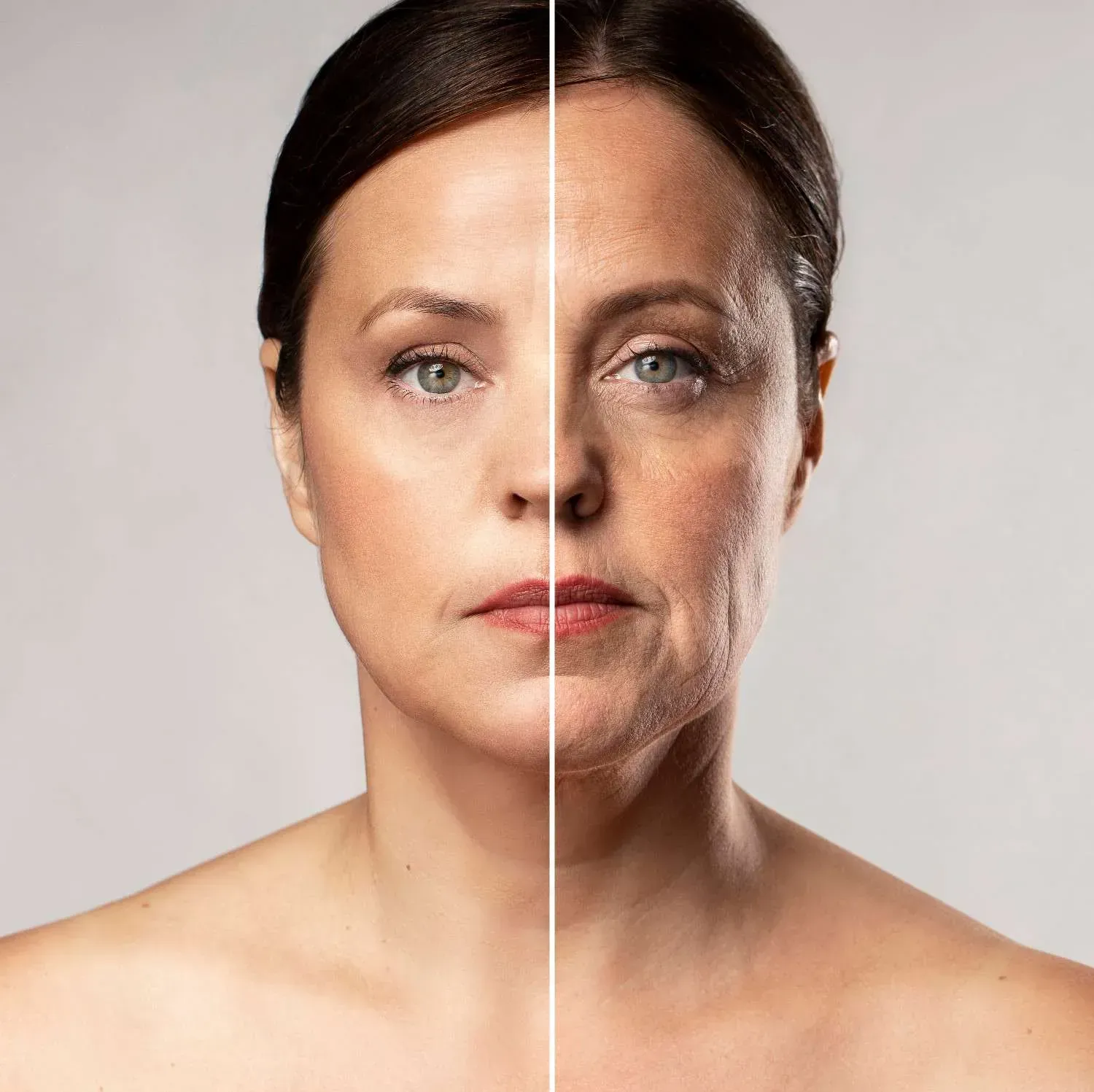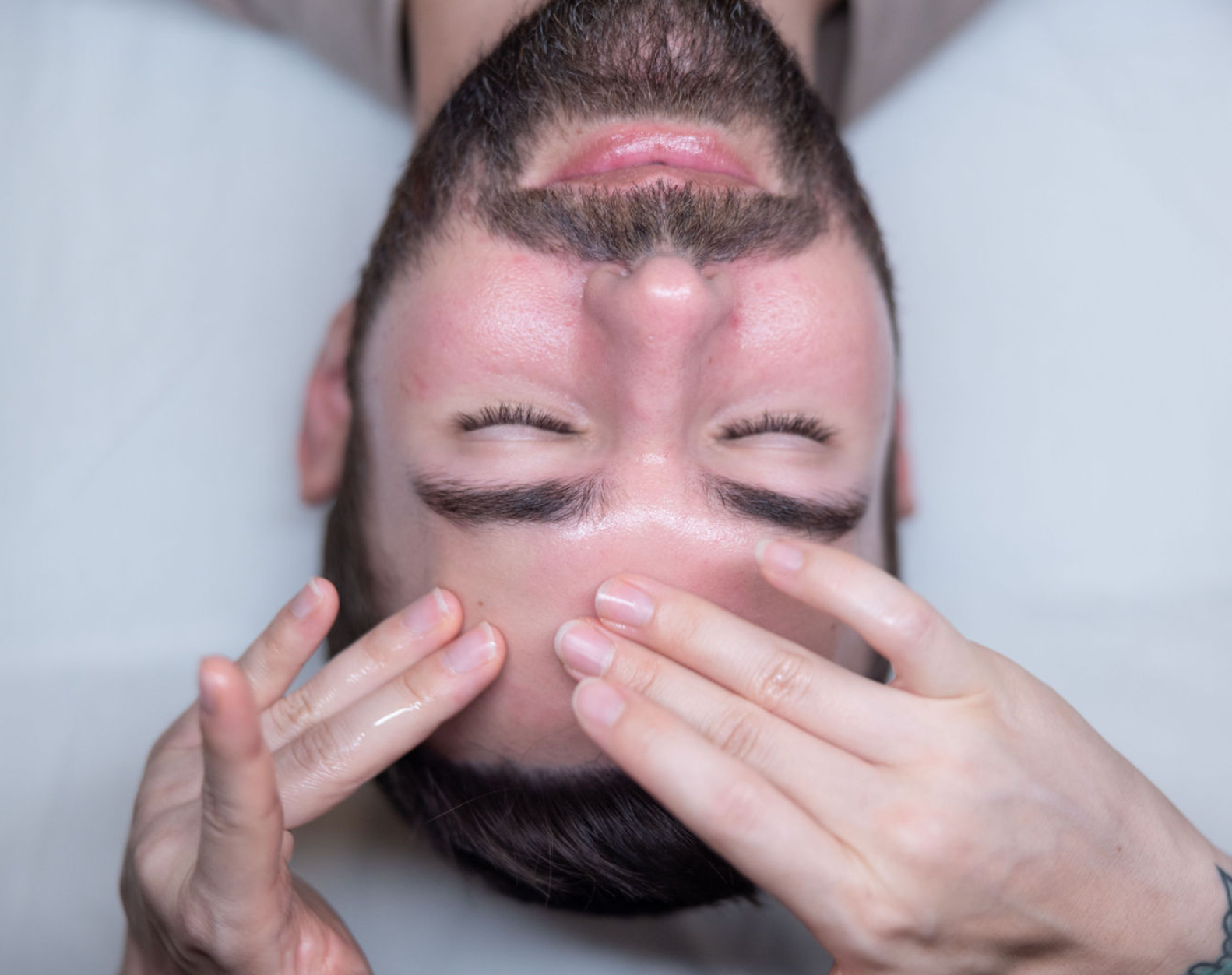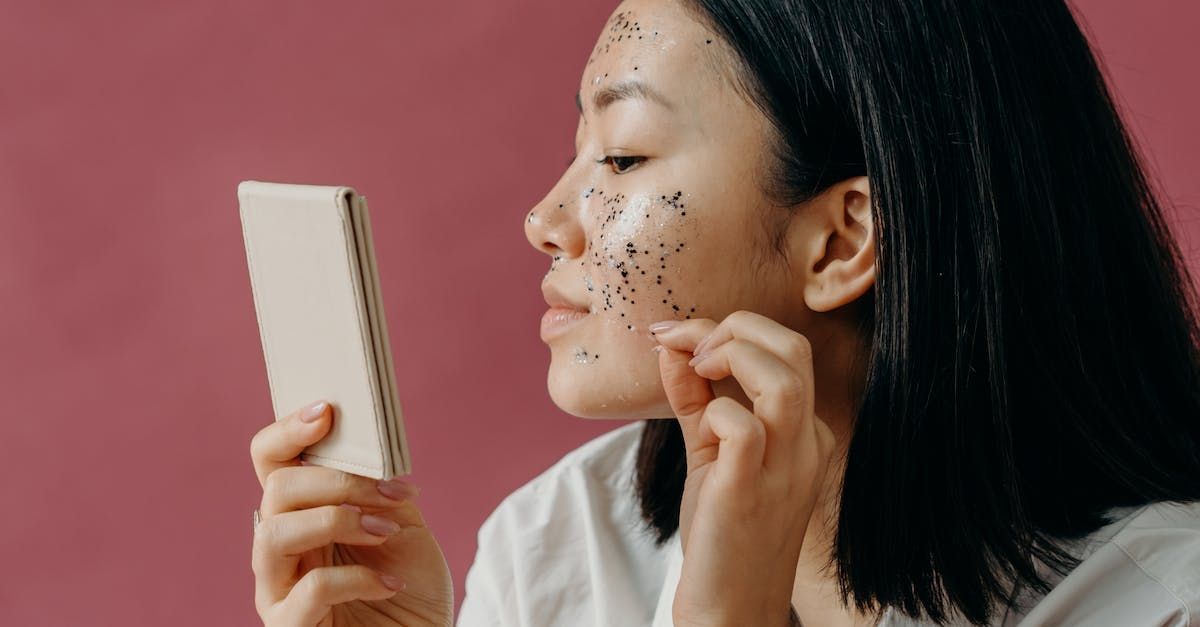Types of Braces Orthodontists Offer | Complete Guide 2025
Orthodontists offer five main types of braces to help fix crooked teeth and bite problems. These include traditional metal braces, ceramic braces, lingual braces, self-ligating braces, and clear aligners like Invisalign. Each type works differently and has unique benefits depending on your needs and lifestyle.
Today, you have more choices than ever before when it comes to orthodontic treatment . From nearly invisible options to faster treatment times, modern braces can give you a beautiful smile while fitting your personal needs. Let's explore each type to help you make the best choice for your smile journey.
Traditional Metal Braces
Traditional metal braces are the most common type of braces that orthodontists use. They work by using metal brackets glued to your teeth and connected with thin wires. These braces have been helping people get straight teeth for many years.
How Metal Braces Work
Metal braces use stainless steel brackets that stick to each tooth. A thin wire called an archwire runs through all the brackets. Small rubber bands called ligatures hold the wire in place. Your orthodontist will adjust these wires every few weeks to slowly move your teeth into the right position.
The orthodontist tightens or changes the wire at each visit. This puts gentle pressure on your teeth, making them move little by little. Most people see their orthodontist every 6-8 weeks for adjustments.
Benefits of Metal Braces
Metal braces offer several advantages:
- Most effective for complex cases - They can fix almost any tooth or bite problem
- Strongest and most durable - Metal braces rarely break or chip
- Usually cost less - Traditional metal braces cost around $6,000 on average
- Treatment time is reliable - Most people wear them for 18-24 months
- Fun color options - You can choose different colored rubber bands at each visit
Drawbacks of Metal Braces
While metal braces work great, they do have some downsides:
- Very noticeable - Everyone can see you have braces
- Harder to clean - Food gets stuck around brackets and wires
- Some discomfort - Your mouth might feel sore after adjustments
- Food restrictions - You can't eat hard, sticky, or crunchy foods
Who Should Consider Metal Braces
Metal braces work best for people who have:
- Severe crowding or spacing issues
- Complex bite problems
- Rotated or twisted teeth
- A limited budget for treatment
Ceramic Braces (Clear Braces)
Ceramic braces work just like metal braces but use tooth-colored or clear brackets instead of metal ones. These brackets are made from polycrystalline alumina that blends in with your teeth, making them much less noticeable than metal braces.
How Ceramic Braces Work
Ceramic braces use the same system as metal braces. The main difference is that the brackets are made from clear or tooth-colored ceramic material. The wire can also be tooth-colored or white to make the braces even less visible.
Benefits of Ceramic Braces
Ceramic braces offer these advantages:
- Less noticeable - The clear or tooth-colored brackets blend with your teeth
- Same effectiveness as metal - They can fix the same problems as metal braces
- More comfortable - The high-quality ceramic materials aren't as harsh on your gums
- Good for adults - Many working adults prefer them over metal braces
Drawbacks of Ceramic Braces
Ceramic braces also have some challenges:
- More expensive - Ceramic braces cost between $3,000 and $7,000 compared to $1,700 to $6,000 for metal braces
- Can break easier - Studies show clear brackets are more than twice as likely to break as metal brackets
- May stain - The brackets can become discolored from certain foods and drinks
- Slightly longer treatment - Treatment might take a bit longer due to possible breakage
Who Should Consider Ceramic Braces
Ceramic braces work well for:
- Adults who want less visible braces
- Teens who feel self-conscious about metal braces
- People with mild to moderate orthodontic problems
- Those willing to pay more for a better appearance
Lingual Braces (Hidden Braces)
Lingual braces are placed on the back side of your teeth, making them completely invisible when you smile. The brackets are bonded to the backsides of your teeth, so no one can see them.
How Lingual Braces Work
Lingual braces use metal brackets and wires just like traditional braces, but they're custom-made for the back of each tooth. They're typically made of an alloy containing gold, which works well with constant contact from your tongue and saliva.
Benefits of Lingual Braces
Lingual braces offer these unique advantages:
- Completely invisible - No one can see them when you smile or talk
- Custom-made - Each bracket is specially designed for your teeth
- Safe for contact sports - They may be safer for people who play contact sports since there's no risk of getting hit in the face
- Won't affect front teeth - The inner surface of teeth is less likely to get damaged compared to the front
Drawbacks of Lingual Braces
Lingual braces come with some challenges:
- Most expensive option - Lingual braces cost between $8,000 and $10,000
- Hard to clean - It's difficult to brush and floss around brackets on the back of teeth
- Speech problems - They can affect your speech and cause tongue irritation at first
- Longer adjustment period - It takes time to get used to having brackets behind your teeth
Who Should Consider Lingual Braces
Lingual braces are ideal for:
- Adults who don't want anyone to know they have braces
- People in public-facing jobs
- Musicians who play wind instruments
- Anyone willing to invest in complete invisibility
Self-Ligating Braces
Self-ligating braces look similar to traditional braces but use a special clip system instead of rubber bands to hold the wire in place. This reduces friction between the wire and bracket, allowing teeth to move more freely.
How Self-Ligating Braces Work
Instead of using small rubber bands, self-ligating braces have a small door or clip built into each bracket. This clip holds the wire in place while allowing it to slide more easily. The reduced friction means your teeth can move with less force.
Benefits of Self-Ligating Braces
Self-ligating braces offer several advantages:
- Fewer office visits - Since there are no rubber bands to change, you need fewer adjustments
- More comfortable - Many patients find them more comfortable because they put less pressure on teeth
- Easier to clean - Without rubber bands, there's less chance of plaque buildup
- Potentially faster treatment - The reduced friction may help teeth move more efficiently
- Same cost - They typically cost the same as traditional metal braces
Drawbacks of Self-Ligating Braces
Self-ligating braces have a few downsides:
- No color options - Since there are no rubber bands, you can't choose fun colors
- Still visible - They're just as noticeable as traditional metal braces
- Limited research - There's less long-term research on their effectiveness compared to traditional braces
Who Should Consider Self-Ligating Braces
Self-ligating braces work well for:
- People who want fewer orthodontist visits
- Those looking for easier maintenance
- Patients who prefer a more comfortable treatment experience
- Anyone interested in potentially faster results
Clear Aligners (Invisalign)
Clear aligners are removable, transparent trays that gradually move your teeth. Unlike braces, you can easily remove them for eating and sports, and while results are just as good as braces, they can be faster and more comfortable.
How Clear Aligners Work
Clear aligners use a series of custom-made, clear plastic trays. You wear each set for about two weeks, then switch to the next set in the series. Each tray moves your teeth a little bit more toward their final position.
Benefits of Clear Aligners
Clear aligners offer many advantages:
- Nearly invisible - The clear aligners are practically invisible when worn
- Removable - You can take them out to eat, brush, and floss normally
- No food restrictions - Since you remove them to eat, you can enjoy all foods
- More comfortable - No metal parts to irritate your mouth
- Easier oral hygiene - You can brush and floss normally
- Fewer emergencies - No broken wires or loose brackets
Drawbacks of Clear Aligners
Clear aligners also have some challenges:
- Requires discipline - You must wear them at least 22 hours per day
- More expensive - Clear aligners tend to cost more than traditional braces
- Not for complex cases - They may not work for more complex orthodontic problems
- Can be lost - Since they're removable, you might lose or forget them
- Longer treatment time - Treatment typically takes longer than braces (12 months average vs 6 months for braces)
Who Should Consider Clear Aligners
Clear aligners work best for:
- Adults who want invisible treatment
- People with mild to moderate crowding or spacing
- Those who can commit to wearing them 22+ hours daily
- Patients who want the freedom to remove their orthodontic appliance
Cost Comparison of Different Braces Types
Understanding the cost of different braces types helps you make an informed decision. Here's what you can expect to pay:
| Braces Type |
Average Cost Range |
Treatment Time |
| Metal Braces |
$1,700 - $6,000 |
18-24 months |
| Ceramic Braces |
$3,000 - $7,000 |
18-26 months |
| Lingual Braces |
$8,000 - $10,000 |
20-30 months |
| Self-Ligating |
$2,500 - $7,000 |
16-22 months |
| Clear Aligners |
$3,000 - $7,000 |
12-18 months |
Recent data shows that the average cost for comprehensive braces treatment is around $6,000, with clear aligners close behind at about $5,900 to $6,000. The final cost depends on factors like:
- How complex your case is
- Where you live
- Your orthodontist's experience
- Whether you have insurance coverage
How to Choose the Right Braces for You
Picking the right braces depends on several important factors. Here's what to consider:
Your Orthodontic Needs
The severity of your orthodontic problems plays a big role in which braces will work best. Traditional metal braces can handle the most complex cases, while clear aligners work better for mild to moderate issues.
Your Lifestyle
Think about your daily activities:
- Active in sports? Lingual braces might be safer for contact sports
- Professional job? Ceramic braces or clear aligners might be better
- Musician? Lingual braces won't interfere with wind instruments
- Busy schedule? Self-ligating braces need fewer visits
Your Age
Age affects which braces work best:
- Children and teens often do well with traditional metal braces
- Adults usually prefer ceramic braces or clear aligners for appearance
- Very young children might need specialized appliances
Your Budget
Consider both the upfront cost and long-term value:
- Metal braces are usually the most affordable
- Clear aligners and ceramic braces cost more but offer aesthetic benefits
- Lingual braces are the most expensive but completely invisible
Your Commitment Level
Some braces require more commitment than others:
- Fixed braces (metal, ceramic, lingual) stay on your teeth
- Clear aligners require discipline to wear them 22+ hours daily
- Self-ligating braces need fewer office visits
What to Expect During Braces Treatment
Understanding what happens during treatment helps you prepare for your orthodontic journey.
Initial Consultation
Your orthodontist will examine your teeth, take X-rays, and discuss your treatment options. This is when you'll learn which types of braces will work best for your specific case.
Getting Your Braces
The process of getting braces typically takes 1-2 hours. Your orthodontist will:
- Clean your teeth thoroughly
- Apply brackets to each tooth
- Insert the archwire
- Secure everything in place
Regular Adjustments
Most people visit their orthodontist every 6-8 weeks for adjustments. During these visits, your orthodontist will:
- Check your progress
- Adjust or replace wires
- Address any problems
- Give you new instructions for care
Oral Hygiene During Treatment
Good oral hygiene becomes even more important with braces. You should brush at least twice a day using a soft-bristled toothbrush and fluoride toothpaste. You'll also need to:
- Floss daily with special orthodontic floss
- Use mouthwash to reduce bacteria
- Avoid hard, sticky, or crunchy foods
- Wear a mouthguard during sports
Latest Advances in Orthodontic Treatment
Orthodontic treatment keeps getting better with new technology and techniques. Here are some recent advances:
Digital Technology
Modern orthodontics uses advanced digital tools:
- 3D imaging creates detailed pictures of your teeth and jaw
- Digital impressions replace messy traditional molds
- Computer treatment planning helps predict your results
- Progress monitoring tracks your treatment remotely
Improved Materials
New materials make braces more comfortable and effective:
- Stronger ceramics that resist breaking and staining
- Heat-activated wires that move teeth more gently
- Smaller brackets that are less noticeable
- Better adhesives that hold brackets securely
Faster Treatment Times
Several factors are making treatment faster:
- Self-ligating systems reduce friction for faster movement
- Advanced wire technology applies more consistent pressure
- Better treatment planning makes the process more efficient
- Combination approaches use different methods together
Choosing the Right Orthodontist
The success of your braces treatment depends largely on choosing the right orthodontist. Here's what to look for:
Board Certification
Make sure your orthodontist is board-certified. Orthodontists receive two to three years of specialized education beyond dental school to learn how to properly align and straighten teeth. Only those with this special training can call themselves orthodontists.
Experience and Technology
Look for an orthodontist who:
- Uses modern technology and techniques
- Has experience with your specific type of case
- Offers multiple treatment options
- Provides clear explanations of your options
Patient Reviews and Results
Check reviews from other patients and ask to see before-and-after photos. This helps you understand what results you can expect.
Consultation Process
A good orthodontist will:
- Take time to examine your teeth thoroughly
- Explain all your treatment options
- Answer your questions clearly
- Provide detailed cost information
- Never pressure you to make a quick decision
At aligned. Orthodontics , Dr. Vanderstelt offers a comprehensive consultation to help you understand your options and choose the best treatment for your needs.
Maintaining Your Results After Braces
Once your braces come off, maintaining your results is crucial. Here's what you need to know:
Retainers Are Essential
Anyone who wears braces will need to wear a retainer when they're done with treatment to prevent teeth from shifting back. There are different types of retainers:
- Fixed retainers that stay bonded to your teeth
- Removable retainers that you take out to clean
- Clear retainers that look like thin aligners
Long-term Oral Health
Straight teeth are easier to clean and maintain. After braces, you'll find it easier to:
- Brush all surfaces of your teeth
- Floss between teeth effectively
- Prevent cavities and gum disease
- Maintain good oral hygiene habits
Regular Dental Checkups
Continue seeing your dentist every six months for cleanings and checkups. Your orthodontist may also want to see you periodically to make sure your teeth stay in their new positions.
Final Thoughts
Choosing the right type of braces is an important decision that affects your smile, comfort, and daily life. Each type of braces has its own benefits and drawbacks, and what works best for one person might not be ideal for another.
The five main types of braces - traditional metal, ceramic, lingual, self-ligating, and clear aligners - each serve different needs and preferences. Whether you prioritize cost, appearance, comfort, or treatment speed, there's likely a braces option that fits your situation.
The most important step is to consult with a qualified orthodontist who can evaluate your specific needs and recommend the best treatment option. They can explain how each type of braces would work for your particular case and help you make an informed decision.
Remember that orthodontic treatment is an investment in your oral health, confidence, and overall well-being. With the right type of braces and proper care, you can achieve the straight, healthy smile you've always wanted.
Ready to explore your options? Schedule a consultation with a qualified orthodontist to discuss which type of braces would work best for your smile goals. Your journey to a straighter, healthier smile starts with understanding your options and taking that first step.








